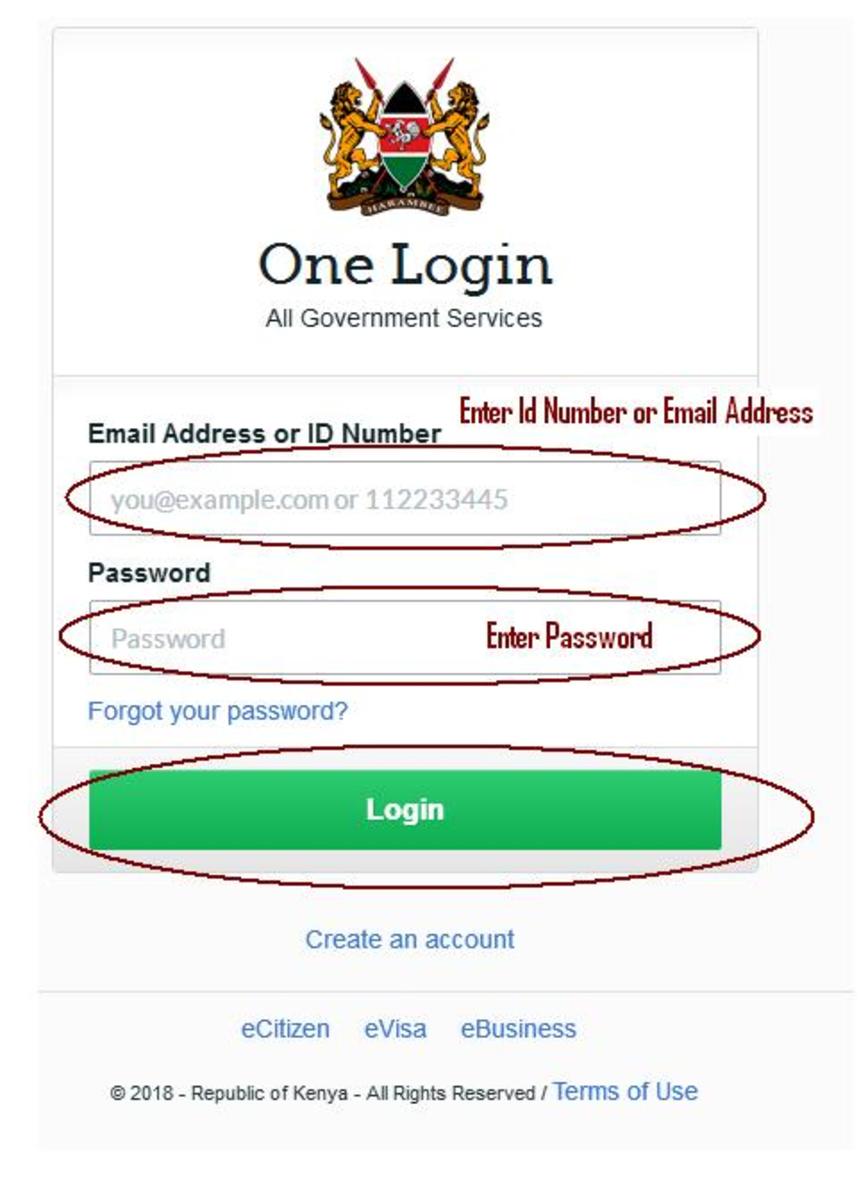Free advice on Tendering for government contracts
Tendering advice

Basic requirements for tendering.
• A registered business.
• Good banking record and relationship with suppliers.
• Ability to deliver- on time, on budget and according to specifications.
• Being up to date with taxes.
• Access to the required cash flow and other resources to complete the contract.
• Registration of employees with the Unemployment Insurance Fund (UIF), Skills Development Levy (SDL), Compensation for Occupational Injuries and Diseases (COID), etc.
• Registration on suppliers' databases.
• Registration with specific professional or statutory bodies.
You need to be realistic about your ability to deliver at the stated cost, within the agreed time as failure will make you liable for penalties in terms of the contract.
Definitions
What is a tender?
A tender is an invitation by government, parastatals or big business for the provision of goods or services on a contractual basis. Once completed the tender document becomes your offer submitted to government. If your offer is accepted it becomes a contract for you to provide the goods or services according to your offer.
Who issues tenders?
• National government.
• Provincial governments
• Municipalities
• Parastatals (state owned enterprises)
• Big businesses
Types of tenders.
• Closed tenders
These are usually for established businesses whose reputations for quality standards are known by the client. The client usually selects a specific list of companies to tender. They are usually in the client's internal database of goods/service providers.
• Open tenders
These are publicly advertised and any provider who wishes may submit an offer. There are usually conditions to be complied with in order to root out fly by nights. It is mostly stated that they are not bound to accept the lowest or any tender. There is also a points adjudicating system to correct the economic imbalances of apartheid.
• Negotiated tenders
This is usually on specialist projects. The client negotiates directly with the contractor asking them to submit a price for the job. If they reach an acceptable figure, the provider is assured of getting the job, if not, the client can negotiate with someone else.
Classification of tenders
• For tenders under R30 000, the relevant government department will usually just approach three providers from their database.
• For tenders of more than R30 000 they must advertise to all providers, even those not on their database.
• Large tenders of above R200 000 must be advertised and formally adjudicated by one of the Tender boards.
How to choose tenders.
You must choose tenders based on your business plan. Focusing on the core business of your enterprise will improve your chances of success. You also need to take into account the capacity of your business to deliver based on these factors:
• The capital available to finance the contract.
• The availability of staff and labour to focus on delivering on the contract.
• The size, nature and value of the project.
• The number of competitors and their experience.
• The terms and conditions of contract relating to the contract period, defects liability period and whether price escalation is included.
• The date for the return of tenders, if you will have enough time to price your bid properly.
You must thus study the tender particulars thoroughly.
Completing tender documents.
Tender documents normally contain the following:
• Table of contents.
This gives sections of the document and the relevant page numbers.
• Tender notice.
This gives a general description of the desired product/service, where to find tender documents, the date and time of the tender meeting, the time and place for submission and opening of tenders and enquiries information and contact person.
• List of tender documents.
This gives the list of documents that are relevant to this contract.
• Conditions of contract.
It includes topics such as:
> The tender meeting.
> Definitions.
> Tender securities.
> Return of tender documents.
> Completion of tender forms.
> Alternate tenders.
> Alteration or qualification of tenders.
> State tender board General Conditions and Procedures.
> VAT
> Tender regulations.
> Sealing, marking and submission of tenders.
> Standard specifications.
> State tender forms.
> Preference for locally manufactured products.
> Preference for Equity ownership.
> Employer's right to decline any tender.
• Special provisions.
These are amendments to the General Conditions of Contract(GCC).
• Specifications.
These are additional to or amendments to the standard specifications. They are specific to the contract and will be different for each contract. They are important as they will affect your tendering and the way you run your contract.
• Tender drawings.
A list giving all drawings, if applicable.
• Schedule of quantities.
There is a Preamble to the schedule of quantities informing the tenderer on completing the Bill of Quantities, entering of rates, units of measure, that the descriptions are abbreviated, that a rate must be entered against each item otherwise it will be considered included and taken as nil, quantities are not to be used for ordering, rates must exclude VAT,etc.
• Form of tender
These are the forms the tenderer must complete in full and sign in black ink. They include:
> Tender form
> Tender meeting attendance certificate.
> Authority of signatory.
> Alterations by tenderer.
> List of similar work done by tenderer.
> Appendix.
• Deed of surety.
The surety that needs to be given by the contractor as insurance to the client that he will complete the work is included in the document for completion when required.
• Memorandum of agreement.
On award of the contract by the client, this agreement, included in this document, then gets signed by all parties and becomes the binding legal contract document.
Important:
• Follow the instructions with great care and precision, even the smallest error may result in the cancellation of your tender application.
• Be quite sure that you have enough time to prepare and submit a tender offer before the due date.
• It is up to you to deliver the tender documents to the correct address by the due date and the correct time.
• Be quite sure that you will be able to comply with all the requirements and specifications.
• Include in your tender details all the relevant experience you have in relation to the proposed contract.
How to cost/estimate your tender bid?
When estimating your bid price, you should include all costs associated with the bid. You should also remember to include your mark up for profit, overheads and risks. The bill of quantities is usually structured into unit prices, thus you need to also calculate in such terms. Examples of costs to include are:
• Materials.
From the tender information, determine the quantity of materials necessary to do the complete work. Get quotations from suppliers for the realistic prices. Do not use special prices as those specials might not be there when you have to deliver the contract. Do not guess prices, do the legwork, as it could end in you not getting the tender, or failing to deliver on your contract. You then have to convert the cost to the required unit prices to suit the items in the bills.
• Equipment.
The equipment cost depends on whether it is bought or hired. If it is hired, the calculations are straightfoward. You need to estimate the length of time it will be used in the life of the contract. You also need to convert this to the required unit price.
• Labour.
The labour cost includes the cost of all personnel required to deliver the contract, for its duration.
• Transport and fuel.
This includes the cost of all fuel(calculated in litres per kilometer) for the duration of the contract. Also depreciation if owned. This will also need conversion to required units.
The total unit cost is made up of the sum of all the above costs.
• Markup.
The markup is made up of the overheads, risk premium and your profit, usually as percentages of the total costs.
> Overheads.
These are the fixed costs of running the business from day to day. Costs like the office and owner's salary, electricity, water, stationery, vehicle leases, subscriptions, loan interests, etc.
> Risk premium.
You need to guard against unforeseen circumstances that could adversely affect your profit. This could be price increases, technical problems, returns due to poor workmanship, bad debts, etc. It is wise to add up to 10% depending on the risky nature of the contract.
> Profit.
The reasons for adding profit are business growth, repaying the capital account, pay dividends to investors, business expansion and equipment replacements. Various factors affect this percentage, eg the availability of work in the market, the number of competitors, the size of the contract, the client, the type of contract, etc. It could be very low when work is scarce, or very high when work is plentiful and the interest in new contracts is low.
Adding the markup percentage to the total unit price, determines the selling price of each item.
• Complete the schedule of quantities.
The rates generated should carefully and accurately entered into the bill of quantities. They should then be multiplied by the quantities and added to give the total bid price.
Feedback
Was this information helpful? Please leave a question or comment.
Submitting your bid.
- You need to carefully go through the document and make sure it is completed properly.
- Do not forget to claim your preference points if you qualify.
- Initial every page at the bottom right corner and remember to sign the tender form and all necessary signatures.
- Make a checklist of all necessary support documents and go through it before sealing your bid.
- Submit your bid before the stated date and time.
- if you do this you will be notified in writing whether you have been successful or not.
- if your tender bid was successful, you must plan to deliver the goods or services as per the contract.
- if you are not successful, do not give up. Try to find out what mistakes you made and try again. With experience you will succeed and participate in this lucrative opportunity








